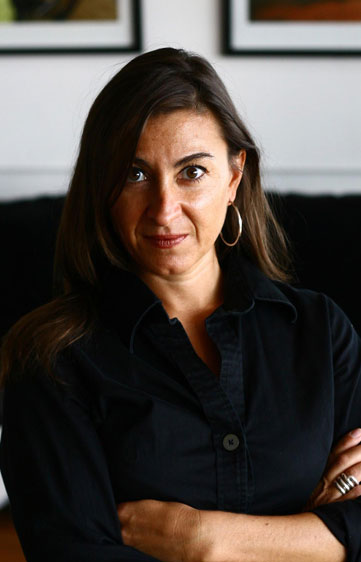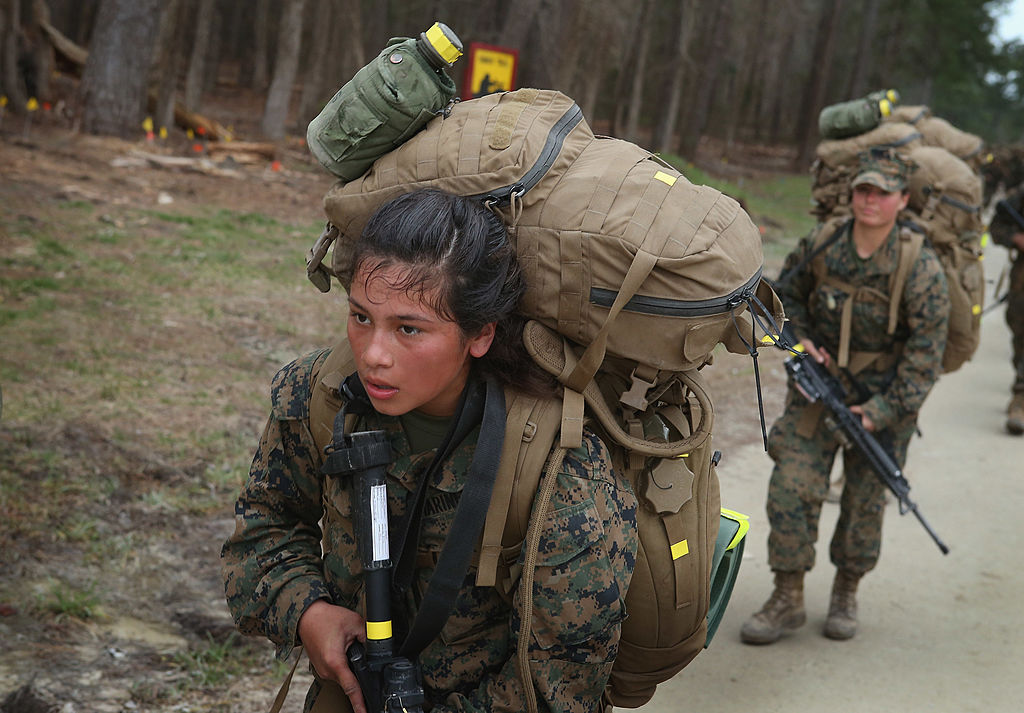It is important to have a basic understanding about the history of photojournalism. Pictures that were taken many decades ago by these honorable photographers and photojournalist’s, still holds value to the teaching of history today. Knowing what those pictures mean, and who the photographers were, makes looking at the images different. The images now hold more value to us who view them because we have an understanding of how it all began.
During this course, I had the chance to really explore the past and learn how they were able to capture some of the best work in photojournalism. Learning about the technology from the 1800’s and how the wet-plate process worked, was so interesting to read, it truly opened my eyes and made me reflect on how much technology has changed. Also learning about women in photojournalism, I learned so much of their triumphs to get to where they are today. That was one of these best chapter in the course. I really had the opportunity to learn.
Photographs
absolutely change the world. Without images, people wouldn’t learn, provide
evidence or share stories. Images impacted the human world greatly. Throughout
this course, I was exposed to so many different pictures that were taken in different
parts of the world. One of my favorites was posted by another student, Patrick
Agit. The image was taken by Steve McCurry of an afghan girl. The young
girls expression and eyes are so pure, it instills in me this emotion that I cannot
explain. Also, another image that made me look at life differently is an image
by Lynsey Addario. Her photography is touching and insightful. Because of
photojournalist like Steven McCurry and Lynsey Addario, we have the ability to
look at images like the ones they’ve taken, and they change our world.
Photo by: Steve McCurry
Image source: http://www.reckontalk.com/afghan-girl-the-most-famous-picture-in-national-geo-graphics-114-year-history/
During my
creative experiential exercise, I walked the streets of Boston with some
friends who live in the area. We got to explore the streets and venture through
the city. When we reach Fenway Park, there were crowds of people flooding the
streets trying to make their way to the stadium. This was the perfect spot for
me to snap photos of all the different people around me. Some were eating, some
were laughing, or talking. Everyone was engaged in something, living life and
enjoying the beginning of summer. This photo to me represents Boston and the
American people. It’s patriotic, family oriented, and shows American’s past
time…baseball. I felt like I was really capturing the purpose of this
assignment. I felt like I was telling a story with my photo. I was able to incorporate
everything I learned and it was rewarding. I decided to take this image in black and white because one photojournalist in specific, Henri Cartier-Bresson mentioned once that these images look the best, they make the images look real. This stuck with me, and have found an eye for the beauty in black and white photography.
Being able
to sit down, and look through the work of my classmates is fascinating. In such
a short amount of time, we each learned the same thing, but differently. We each
interpreted each concept in our way, and expressed our thoughts. One of my
classmates, Kaitlyn Cruz states her idea about how photos change the world. She
stated: “A
photograph will not cure world hunger. A photograph will not stop a war. A
photograph will not stop pollution. But a photograph might affect someone’s
attitude on an issue; it could inspire concern for a situation; or it can
reveal a part of the world that was once unknown to someone”. She made a
very good point. Photojournalist go to these poverty stricken places, but the
only thing that photo could do is spread awareness. I really enjoyed reading
Kaitlyn’s response to this interesting question.
Image by: Horst Faas
Image source: http://www.ap.org/Content/Press-Release/2012/Exhibit-to-remember-AP-photojournalist-Horst-Faas
Kelsy
Pratts, another student in the course spoke about how photojournalism has
changed over time, she states: “Photojournalism
has not only come a long way over the years, but the way a photograph is taken
has also evolved”. The types of images that can be taken, different setting, and bright colors. After learning about how technology effected
photojournalism, it couldn’t be more true. Cameras have developed into such
great tools that allow people to document and share stories. Without these new
advances, photojournalism probably would not be what it is today.
Image by: Steve McCurry
Image source: https://oharadesigngroup.com/2013/09/27/steve-mccurry/
There are
many styles of photography and different techniques can be used to make images
appear the best they can. Black and white photography has been around for
decades, and many photojournalist incorporate this style into their work.
Aaliyah Wright from this course mentions in one of her blog post; “when
looking at a photo there should be one thing that you should be drawn to and
color could make you look at everything else around it”. This statement
made me realize that sometimes the vibrancy of colors or the appearance of
color can take away from the real purpose of the photo. Many photojournalist
have adopted the idea of colored images while others still use their older
black and white method.
Photo by: Lynn Johnson
Image source: http://proof.nationalgeographic.com/2013/11/05/are-women-photographers-wired-differently-with-maggie-steber-and-lynn-johnson/
























